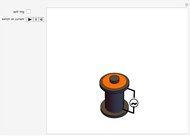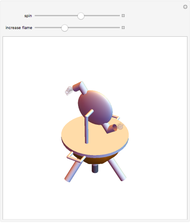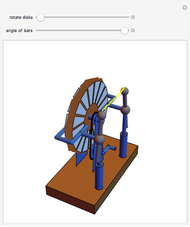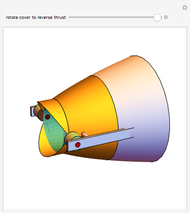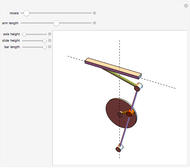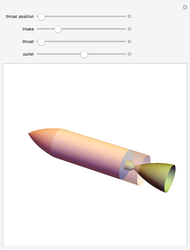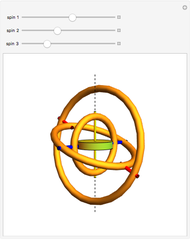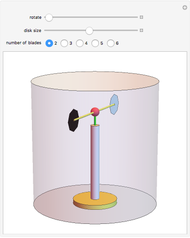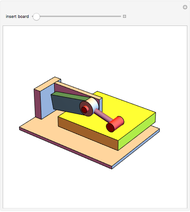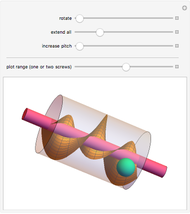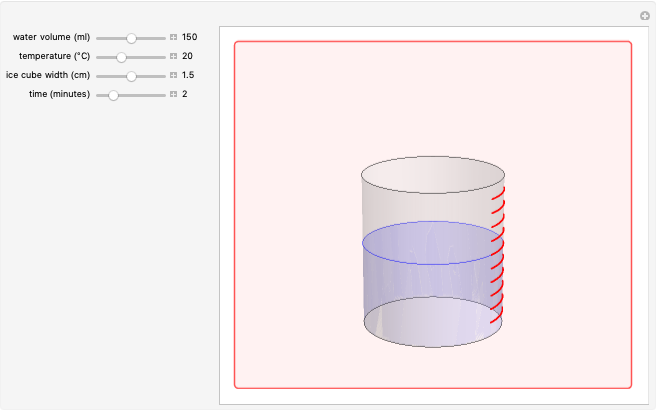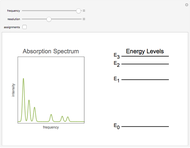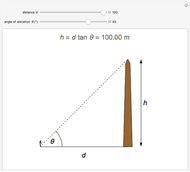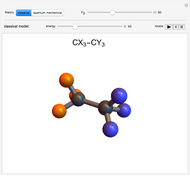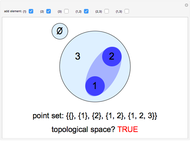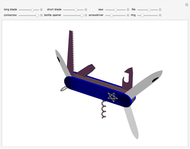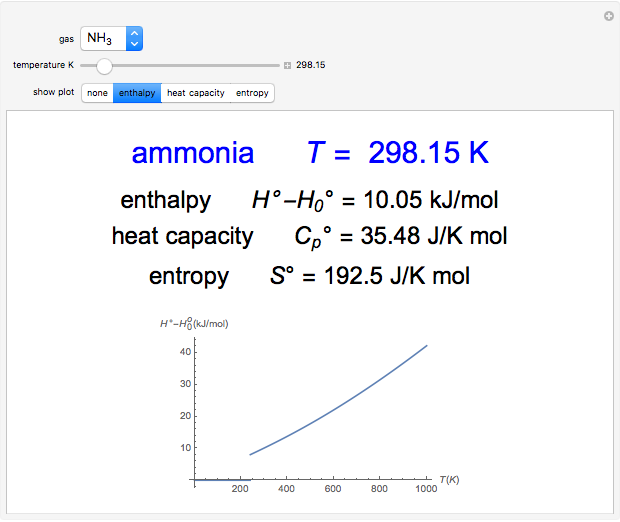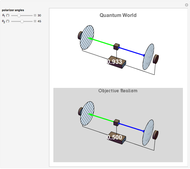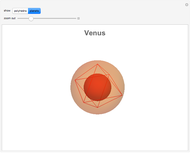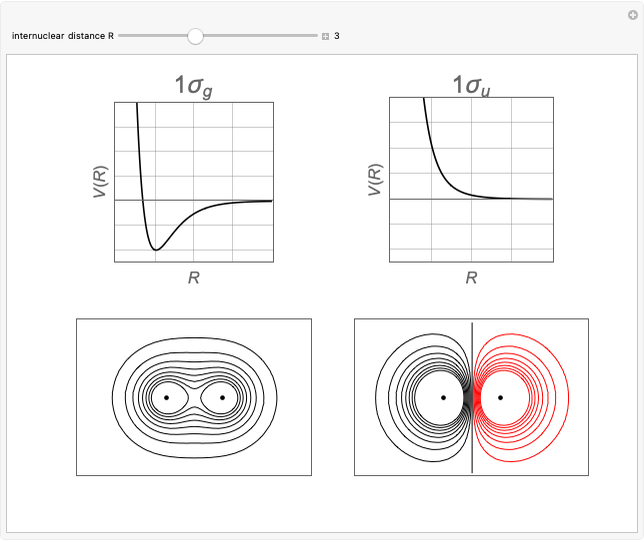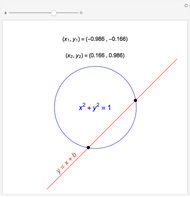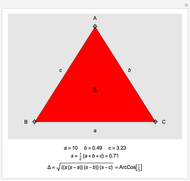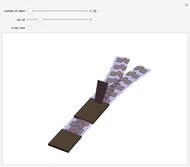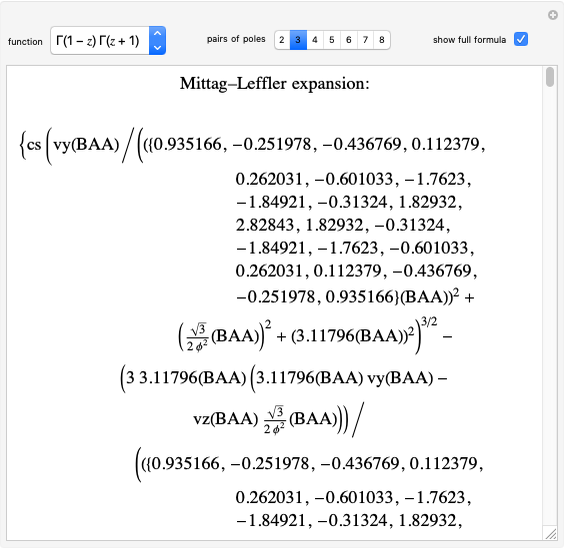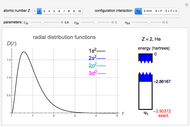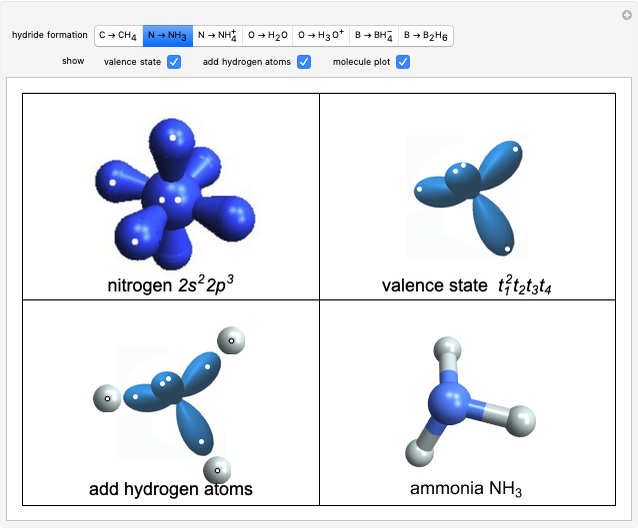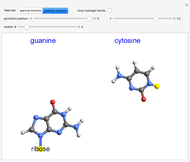Crookes Radiometer: A Comedy of Errors

Requires a Wolfram Notebook System
Interact on desktop, mobile and cloud with the free Wolfram Player or other Wolfram Language products.
Invented by Sir William Crookes in 1873, this device is also known as a light mill. It is still a popular novelty item. A sealed glass bulb, evacuated to about 1 Pa (~ torr), encloses a set of (usually four) vanes, black on one side, white or silver on the other, that can rotate on a low-friction spindle. When exposed to light or heat, the dark sides rotate away from the source. Conversely, if a block of ice is placed nearby, the vanes rotate in the opposite direction. The mechanism of this phenomenon was a source of scientific controversy for over half a century.
torr), encloses a set of (usually four) vanes, black on one side, white or silver on the other, that can rotate on a low-friction spindle. When exposed to light or heat, the dark sides rotate away from the source. Conversely, if a block of ice is placed nearby, the vanes rotate in the opposite direction. The mechanism of this phenomenon was a source of scientific controversy for over half a century.
Contributed by: S. M. Blinder (October 2008)
After work by: Sándor Kabai
Open content licensed under CC BY-NC-SA
Snapshots
Details
Snapshot 1: light bulb as heat source; counterclockwise rotation of vanes
Snapshots 2, 3: block of ice causes clockwise rotation
For further details see article in Wikipedia.
Permanent Citation
"Crookes Radiometer: A Comedy of Errors"
http://demonstrations.wolfram.com/CrookesRadiometerAComedyOfErrors/
Wolfram Demonstrations Project
Published: October 3 2008






